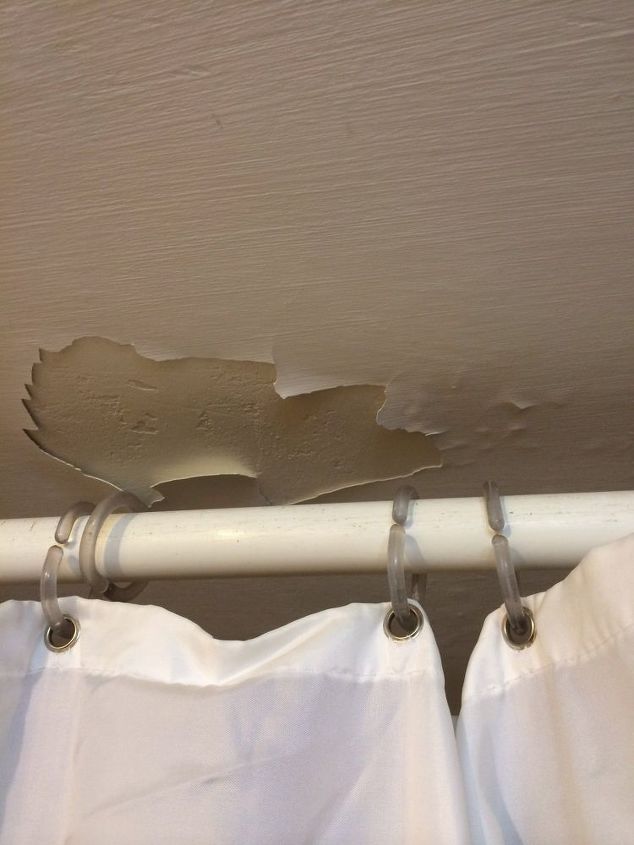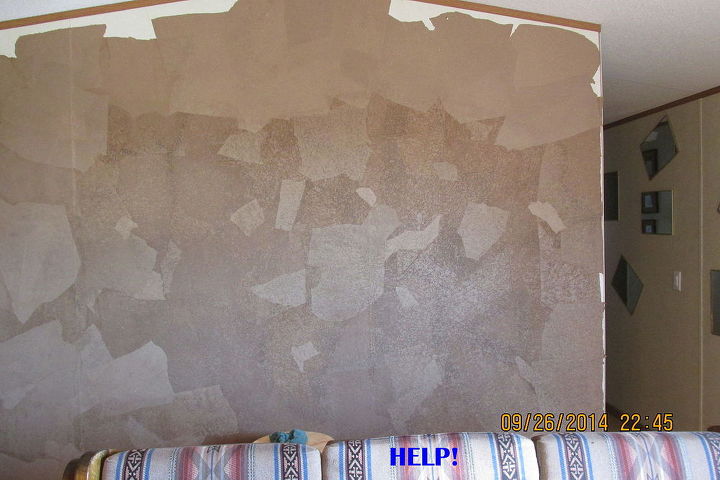The brick wall on the east side of my house is pulling away from the structure of the house and there is a problem with

-
A few things to understand why brick bows out from a wall. If the foundation has failed, then there is nothing you can do but reinforce it to stop if from moving. The brick sets on the foundation called a brick ledge. This ledge is just a wider block or cement section that allows the brick mason to start installing the bricks. Brick ties have a lot to do with the success or failure of the wall as well. To understand this you need to know a bit more about brick. Regardless of the brick type they all have one thing in common. They are heated to harden the brick. This heating process shrinks the brick. As soon as the brick is taken out of the kiln and cools off it begins swelling as moisture in introduced to it. This swelling goes on for the life of the brick. New stacked brick on a wall can grow in height by almost a 1/4 inch in eight foot. To slow this process down the top ledges around windows are pitched away so water does not continue to soak in the surface the brick. Understanding this tells the brick mason to keep the brick at least a half inch or ideally one inch off the surface of the wall its attached to. As the brick is installed ties are used. These ties are corrugated thin one inch wide metal strips that are nailed to the wall bent over and set in the joints of the mortar that holds the bricks together. By allowing space between the back of the brick and the wall as the brick grows slowly over time these metal strips are allowed to move up and stretch out every so slightly keeping the wall vertical. If the brick wall was placed to tight to the front of the plywood wall that its attached to, as it grows the metal strips will pull loose allowing the wall to become detached to the framing of the building. Once this happens the wall can begin to bow and as it swells taller over time it will bow worse and worse until it fails. Now there is a few other things you must understand. Brick is very porous. If you were to take a garden hose and spray it for a while you will begin to see water run down the back side. This water must be allowed to drain properly. If not it will find its way into the wall structure that supports the brick. Tar paper is applied to the wall before the brick is installed. As they start the courses of brick when they just get to the first floor level, they install a flashing that is fastened behind the paper and comes out and lays on the horizontal joint along the floor level. Then between every six or seven bricks the mason leaves out the vertical mortar joint between the bricks to provide a place in which the water can drain out. This detail is also critical above window and door openings as well. If you look carefully you should see spaces between some of the bricks both over windows and doors and along the floor line on the first floor level. However as a home ages these holes become blocked with bee nests, unknowing home owners sealing them up and painters caulking and painting the metal lentil that supports the bricks over openings. Once that happens water begins to pond in these areas and cracks begin to develop as the metal lentil beings to rust and swell. In addition along the floor line water begins to seep up and over the flashing creating rot and a perfect area for insects to develop their home. In real bad cases the water freezes and pushes the brick out away from the brick ledge that supports the bricks as the water bypasses any flashing if indeed they were installed. And from my many years evaluating these walls I have seen this happen more then once. Combine that with poor spacing between the brick and foundation the water freezing combo can really ruin someones day. There is a web site www.bia.org that you can find details on brick install methods and even people who can help you out. In any case if the wall has begun to bow out, your only recourse is to install wall ties that are large metal rods with metal plates on the outside which will pull the brick back to level condition. However this must be done with the aid of a professional engineer. As doing this wrong will surly cause a collapse of the wall. You did not say how old your home was, but if you have home owners insurance, I would suggest that you contact your insurance company after a full evaluation from a professional engineer. Armed with their report you may have coverage for this repair. And if the home is not that old, you may still have some type of structural warranty on it. If you can post photos perhaps I can give you more information. Keep us posted.
 Woodbridge Environmental Tiptophouse.com
on May 21, 2012
1 marked as helpful Reply
Woodbridge Environmental Tiptophouse.com
on May 21, 2012
1 marked as helpful Reply- See 1 previous
-
-
Too bad you are not in Texas! In Texas we are lucky to live in a house rather than a thatched roofed mud hut! Thank you for your extensive reply!
 Susan S
on May 21, 2012
Helpful Reply
Susan S
on May 21, 2012
Helpful Reply- See 1 previous
-
-
Heck your only 28 hours away by car!
 Woodbridge Environmental Tiptophouse.com
on May 22, 2012
Helpful Reply
Woodbridge Environmental Tiptophouse.com
on May 22, 2012
Helpful Reply -
-
well about the only reason the brick venere would pull away from the house is because who ever put up the brick did not use wall ties which achor them to the house.They should be set every 4 or 5 coaurses
 Wishful creation and designs
on May 22, 2012
Helpful Reply
Wishful creation and designs
on May 22, 2012
Helpful Reply -
-
we often install brick ties in a retro situation - that may work for you. suggest you contact any member of institute of conc repair specialists & talk to them - they may not do that work but can recommend ( icri.org )
 Its Really Concrete, Inc.
on May 24, 2012
Helpful Reply
Its Really Concrete, Inc.
on May 24, 2012
Helpful Reply -
-
back in the 70's many porches (brick/concrete) were attached to the structure. some didn't have footings and as the dirt settled the porch would slowly pull the attached wall out. not sure how to fix other than removing attached porch and trying to pull the wall back or taking it down and replacing the brick facade.
 Dan371157
on Jul 13, 2014
Helpful Reply
Dan371157
on Jul 13, 2014
Helpful Reply -
Related Discussions
How to get rid of mice?
We seem to have some unwelcome Mickeys and Minnies in our house. What is the best way to get rid of them?
How to remove popcorn ceiling with asbestos?
I want to remove my popcorn ceiling, but it has asbestos in it. How do I go about this safely?
How to caulk baseboard gaps?
How do I fill gaps at baseboard, should I caulk? If so, does anyone know how to caulk baseboards?
How to fix squeaky hardwood floors?
How do I fix squeaky hardwood floors?
Water damage on bathroom ceiling
I am about to patch up this water damage on a low bathroom ceiling. What can i paint/seal the entire ceiling with to minimize future water damage? the ceiling is very... See more
Brown paper floor/wall help
I have purchased a brown roll of paper because I wanted a consistent "vein" look through out the walls and the brown paper bags I was getting would sometimes be "vein... See more





